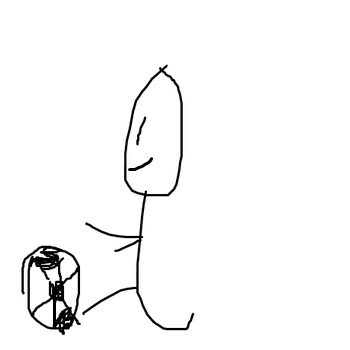#color(red)((a): # You have been given then number of electrons per unit volume as #1xx10^20# electrons per meter cube.
You can also write this as : #n_e/V=1xx10^20=10^20#
where #n_e# is the total number of electrons and #V# is the total volume.
And we know that #V=A*l# that is cross section area times length of wire.
What we want is number of electron per unit volume, that is, #n_e/l#
Hence you proceed like this :
#n_e/V=10^20#
#n_e/(A*l)=10^20#
#n_e/l=A*10^20=2xx10^-2*10^20= color(blue)(2*10^18" electrons per meter")#
#color(red)((b): # Current is given by the amount of charge flowing per unit time, #I=q/t#
The total charge#(Q)# flowing in a given cross section of a wire is the charge per unit volume #(q/V)# times the total volume #(A*l)#
#=>Q=q/V*A*l#
Since the charges as electrons, the charge per unit volume#(q/V)# can be looked upon as the number of electrons per unit volume #(n_e/V)# times the charge on a single electron #(e=1.6xx10^-19 "C")#
So, #Q=n_e/V*e*A*l#
This means that the current #I=(n_e/V*e*A*l)/t=n_e/V*e*A*l/t#
#l/t# is looked upon as the average velocity with which all the electrons as a whole are move from one end of the wire to the other and it is called the drift velocity
Now we have, #I=n_e/V*e*A*v_"drift"#
#=>I=10^20*1.6xx10^-19*2xx10^-2*2.5xx10^-4=color(blue)(8*10^-5" A")#

